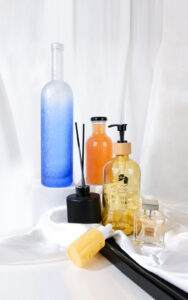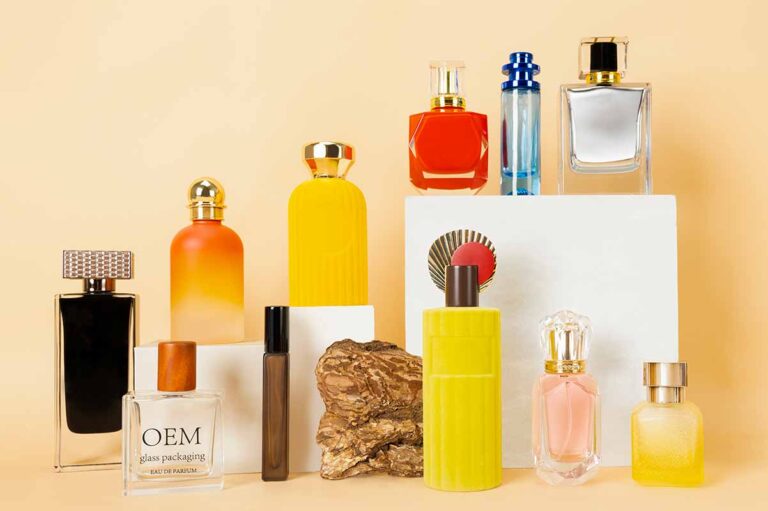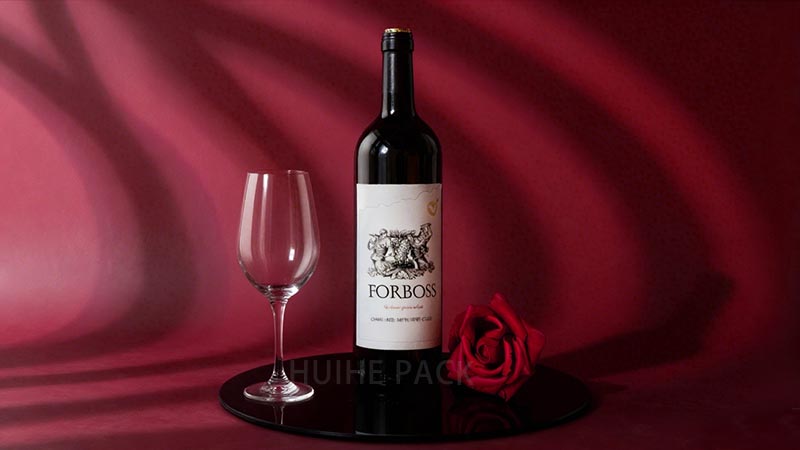
Whether planning a party, a family dinner, or a quiet moment at home, wine is one of the few drinks that can lighten the mood. However, wine type is not the only thing to figure out, but also whether you have enough. You don’t want to run out of wine in the middle of an event!
In this guide, we explain in detail how many ounces are in a bottle of wine, serving guidelines, and how to match bottle size to occasion.
Introduction to Wine Bottles
The most common wine bottle size is 750 ml (25.4 fluid ounces). The standard serving for wine is 5 oz. Hence, a 750 ml bottle of wine can serve about five glasses of wine. In most instances, the type of wine will determine the size of the pour. The pour size can be reduced to four glasses if the wine has a higher alcohol content.
However, other common sizes of bottles are available, and the pour sizes can vary. Wine pour sizes will also depend on the location. For example, at home, you determine your own pour sizes. Wine bottles come in varying sizes, from piccolo, which serves one glass, to double magnum (around 20 glasses).
Knowing how much wine is in a bottle can help you plan the amount you need when planning a party, a wine tasting event, or for home consumption.
About Wine Bottles
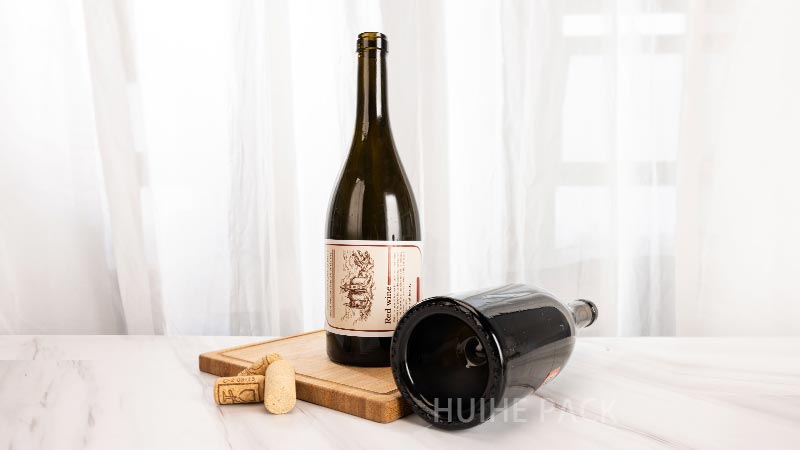
Standard Wine Bottle Capacity
The 750ml (25.4 fluid ounces) or 1.5 pints is the basis for calculating servings. The bottle size is popular as it is easy to handle, hold, and share. The 750 ml bottle offers enough for a small group without being too much. It is available in many wine shops, restaurants, and stores.
But how many glasses of wine are in a bottle? The general rule is that a five-ounce pour is equivalent to about five wine glasses. However, the number of glasses in a single bottle will depend on the size of the pour.
Bottle Size | Fluid Ounces | Glasses of Wine |
750ml | 5 | 5 |
4 | 6 | |
6 | 4 |
Importance of Knowing Bottle Sizes
Understanding how many glasses of wine are in a bottle helps you make better preparations when planning events or when you have guests. Knowing how many glasses each can serve makes it easier to know how many bottles to buy. The number of bottles will also vary based on how many guests attend and how long the event lasts.
However, for events lasting longer and where wine is the primary drink, you might need to plan for extra bottles. That way, you can avoid worrying about running out of wine and ensure a smooth and enjoyable experience for you and your guests.
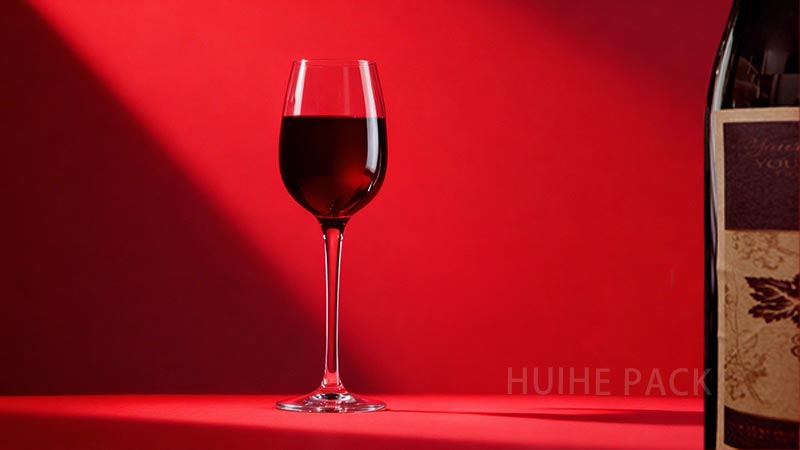
Standard Serving Size for Wine
Five fluid ounces is the ideal pour for tasting, giving you the chance to enjoy the wine’s aroma and mouthfeel without drinking too much. Knowing the standard serving size allows you to calculate the amount of wine you need, ensuring you do not pour too much or too little.
The type of wine and your personal preferences can influence what the ideal pour can be. For example, you can pour slightly larger servings of wine with a lighter flavor or lower alcohol content. However, some people might prefer smaller pours or a fuller glass for longer enjoyment.
Variety of Bottle Sizes
While the standard pour for the 750ml bottle is five ounces, there are variations depending on the wine type and bottle size. The serving pour for sparkling wines in a 750ml bottle of wine is smaller, around 4 ounces. Hence, you can get six glasses of wine.
Smaller pours for sparkling wine help prevent spillage, allowing you to enjoy the bubbles. Half bottles (375ml=12.7 ounces) serve around two glasses, while the magnum bottle (1.5L=50.7 ounces) serves 10 glasses. Jeroboam (3L=101.4 oz) serves 20 glasses.
Knowing the standard servings for various sizes helps you know which ones are perfect for different occasions.
Understanding Bottle Sizes
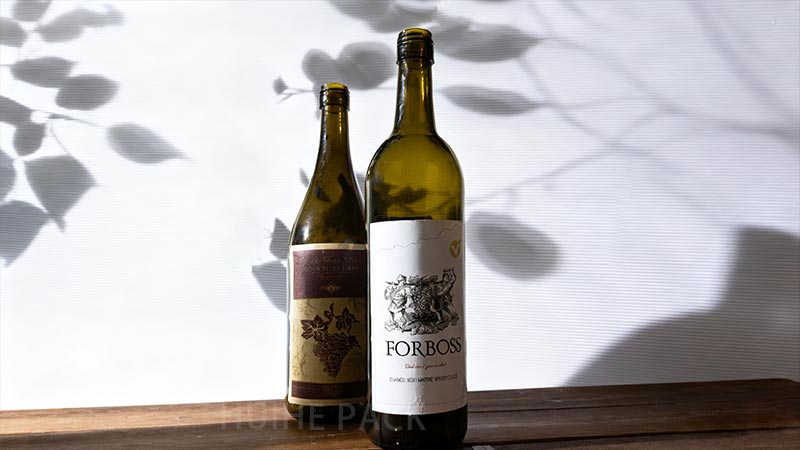
Understanding the total amount of wine in a bottle allows you to have an organized collection. Interestingly, each wine bottle size has its own “biblical” name. Jeroboam (3L) is named after the king Jeroboam.
Impact on Number of Glasses
Although larger bottles provide more servings, there are different ways to make the most out of each wine bottle. You can serve smaller portions, for example, 4 ounces, than the standard 5 ounces per pour. One bottle of magnum (1.5L) has 50.8 ounces, giving you 10 glasses if you use the 5-ounce pour. But if you use the 4-ounce pour, you get 12 glasses.
Smaller pours are ideal for wine tasting events so that the guests can sample multiple wines. In larger events such as weddings and celebrations, it is essential to use the standard measure. Using larger wine servings can result in you not having enough wine, leaving some guests without. Too small and the guests might feel dissatisfied.
Bottle Size and Wine Quality
What most people don’t know is that wine from larger bottles ages more slowly. It allows the wine to age over a longer duration. Less air between the cork and the wine surface contributes to this. Smaller bottles allow wine to age faster.
Larger bottles also do a better job of keeping the wine fresh and maintaining its original freshness. Oxygen exposure changes a wine’s taste and aroma. Less oxygen in large wine bottles allows the flavor to stay richer and remain more stable for a longer period. It’s one of the reasons why vintage collections are often put in larger bottles to maintain their freshness.
Bottle Shapes and Fluid Ounces
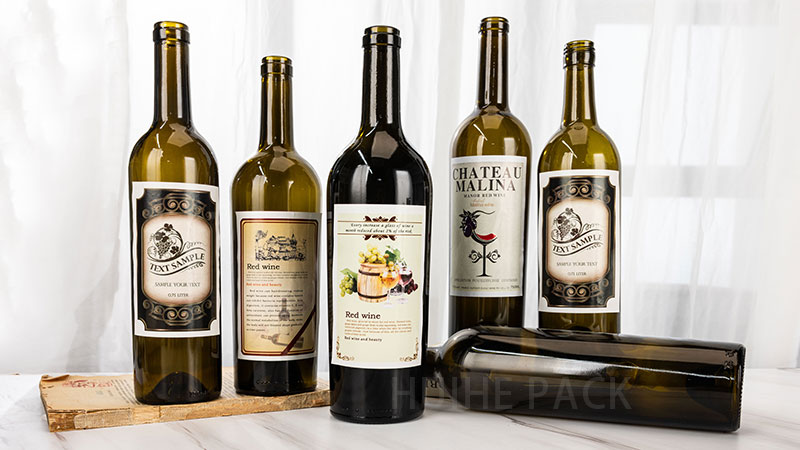
Wine bottles come in various shapes, with some tall, slim, or wider. However, while the shapes and designs might look different, the standard size is still 750 ml.
How Shape Affects Pour Perception
The shape of a single bottle or a glass can affect how people view the amount of wine poured, even if the volume is the same. A tall, slim bottle or glass makes the pour look smaller. Wide bottles or glasses can make the same pour appear more. Pouring from a wide standard bottle of wine may appear more generous than pouring from a tall, slim one.
Such perceptions can influence how much guests feel they are drinking and how often they might feel they want a refill. As a host, you can use this knowledge to manage serving sizes and guest satisfaction.
Pouring and Serving Considerations
The neck shape of a wine bottle often determines how smoothly you pour wine. A long, narrow neck slows down the flow, allowing for more control and helping prevent spills. Narrow-neck bottles are more common in delicate wines, where you need a gentle pour to preserve bubbles or aromas.
A wine bottle with a short and wider neck allows wine to flow faster and more easily during serving. Understanding the neck shape can help keep the pour consistent and reduce waste. Some bottles have a slight lip or ridge at the neck, which helps stop drips after pouring.
Materials Used for Wine Bottles
The standard and traditional material for making wine bottles is glass. It’s a strong, durable material that does not react with the wine, preserving the taste and quality for a long time. Glass allows wine to age properly by providing an airtight seal in combination with a cork and screw. A colored glass wine bottle protects wine from light, preventing damage to flavor.
Carton packaging and plastic bottles are other alternatives. Plastic bottles might be lighter and easier to transport, but they do not preserve the wine flavor nicely. Plastic bottles are more likely to let air in and change the flavor.
Box wines are lightweight, space-saving, and usually less expensive. Consider wine boxes for larger gatherings, where they can be consumed quickly. Cartons let air in, changing the flavor.
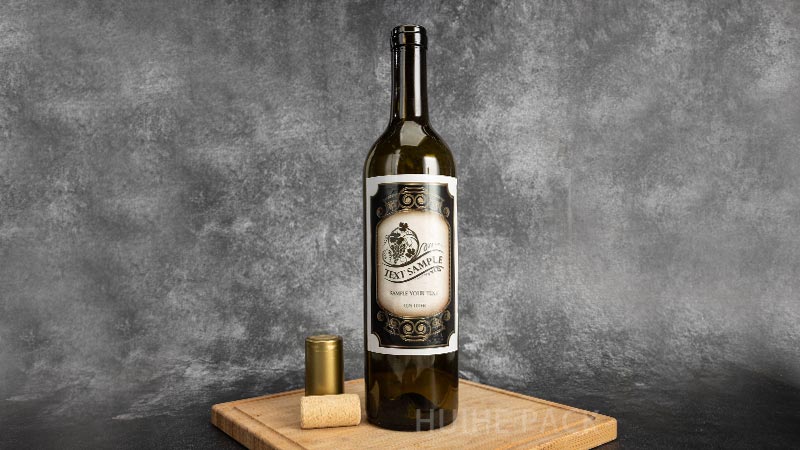
Weight and Design Influence
While heavier bottles give a sense of quality and luxury, they also add extra costs in shipping and handling. Lighter bottles, on the other hand, are easier and cheaper to transport. Slim bottles fit more easily in a wine rack than a wider bottle.
A tall, elegant bottle or one with a unique shape is more likely to catch attention, making the wine look more appealing to buyers. Unfortunately, unusual shapes might be more challenging to arrange on the rack.
Calculating Glasses in a Bottle
The simplest way of calculating how many glasses are in a bottle of wine is by dividing the total ounces by the standard pour size. The basic formula is
=Total ounces ÷ standard pour size
However, it is possible to get more or fewer glasses depending on how much you pour each time. You can adjust the pour size depending on the occasion, but it also changes the number of bottles you’ll need. Calculations help you budget, reduce waste, and keep the event running smoothly.
Types of Wine Bottles
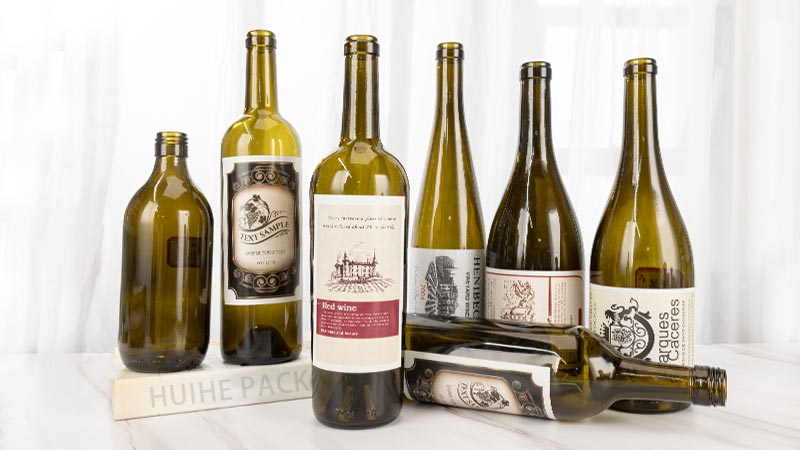
Everyday wine bottles (750ml and lower) are standard in homes, restaurants, and stores. They are designed for regular drinking rather than special occasions or long-term ageing. Most of the bottles are lighter, colored, and simpler in design. Everyday wine bottles are ideal for casual dinners, light meals, or small parties.
Most are made from stronger and thicker glass to handle the pressure from the bubbles. They have a deeper punt at the bottom for adding strength. Sparkling wine bottles’ necks are designed to work with corks and wire cages to keep the bubbles locked in until opening time.
Dessert and sweet wines are packaged in smaller bottles because the wines are richer and sweeter and meant to be served in smaller amounts. The standard glass serving for such wines is 2 to 3 ounces. Most desserts and sweet wines come in smaller sizes, such as a half-bottle, since only small pours are needed to enjoy their concentrated flavors.
Large Format Bottles
Large-format bottles are those that are bigger than the standard size of 750 ml. They start from 1.5L all the way to 27 liters. However, it is essential to note that larger than a jeroboam (5l) are rare and most are sold as collector’s items.
There is nothing as exciting for your guests as seeing you pop a big bottle of wine. Large-format bottles are ideal for Christmas celebrations, when family members gather, or end-of-year parties.
Wine Serving and Bottle Size
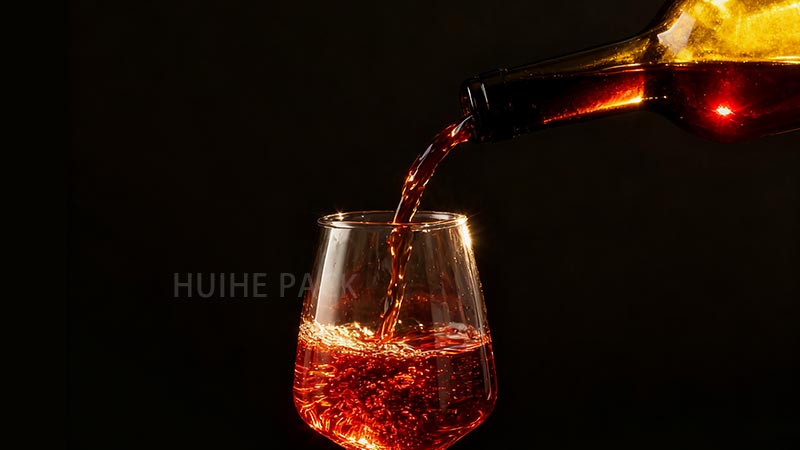
When serving wine, it is essential to find a balance between flavor and managing alcohol intake. The standard pour for table wines is 5 ounces, allowing enough room to swirl and release the aromas. The alcohol content is moderate. Following serving guidelines makes planning easier and creates a better wine experience.
Consider bigger wine bottle sizes, such as magnums or jeroboams, for special occasions or larger events. Not only do they make a great impression, but you avoid running out of wine in the middle of the party.
Smaller wine bottles are more convenient for casual drinkers as they help reduce wastage. It’s more convenient when a drinker wants one glass of wine, rather than opening a larger bottle, which will lose freshness. Single servings are beneficial for people who enjoy wine occasionally but do not want leftovers.
Final Thoughts
Understanding bottle sizes and how many glasses you can serve helps you plan better. Knowing how many glasses you can get from each wine type ensures efficiency and memorable experiences for your guests.
At HUIHE PACK, we specialize in manufacturing a wide range of high-quality wine bottles and packaging solutions. Contact us for the ideal wine bottles for your brand.

FAQs
How many bottles needed for 10 guests?
Where the primary drink is wine, the general rule is 4 (750ml) bottles. Calculate two drinks per person per hour, where the party has other drinks.
Is wine stronger in larger bottles?
The alcohol content is determined during the wine-making process. Hence, wine is not inherently stronger in larger bottles. However, larger bottles can enhance the wine’s ageing process and quality.
Does wine go bad after opening?
Wine tends to lose its aroma and taste after opening, but it might not necessarily be unsafe for drinking. Depending on the type of wine, it can last between a few days and up to a month (fortified wines) after opening.
How many glasses of wine are in a 8 oz bottle?
A standard 5-oz glass can give 1.6 glasses from an 8-oz bottle.
How many fluid ounces are in a 750ml bottle of wine?
A 750 ml wine bottle holds about 25.4 fluid ounces.


